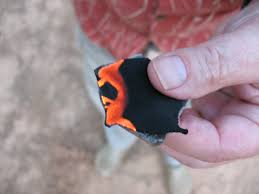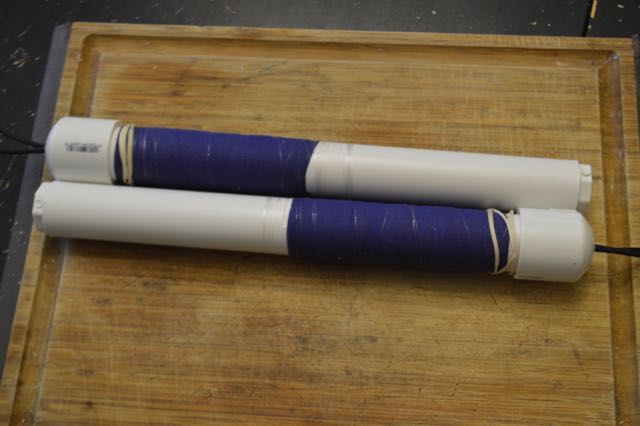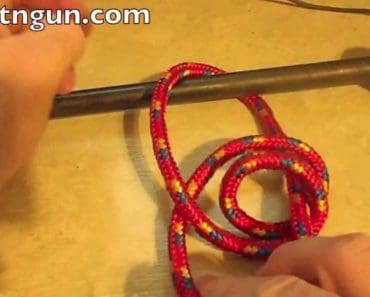I like mixing traditional survival skills and technology with the science and technology of modern times. While there are many modern ways to light fire, being able to use flint and steel or other older tech has its uses. Char cloth is a traditional tender that you can make yourself – it’s basically just cloth […]
Category: Outdoor Life
Camping: How to Start a Fire With a Battery
Being a DIY Prepper involves learning multi-disciplines, and while I believe living off the land in a wilderness setting is a unrealistic TEOTWAWKI plan, I still think everyone should have basic wilderness survival skill. One outdoor skill everyone should possess is the ability to make fire. This is one skill that redundancy is especially […]
How to Make Portable PVC Fishing Gear
First of all, before I show you how to make portable PVC fishing gear I want to rant about prepper plans that are not as smart as many think. Generally speaking, I think that for the VAST majority of preppers, having a “mountain man plan” of bugging out to the wilderness and living off the […]
Knots: Taut Line Hitch
Today’s knot is the Taut Line Hitch. Since it can be slipped to tighten or loosen a line, and it also holds well under load, it is a great not for camping. This makes it useful for lines that may need adjustment. I learned it in the boy scouts and use it to tie tent […]
How to make Popcorn Over a Campfire
I make sure to buy my popcorn in 25 or 50 gallon bulk bags at the local warehouse store because it is cheap, easy, fun, and if push comes to shove can be ground into some resemblance of cornmeal. Most folks think microwave when they hear the word popcorn, but their are sorts of […]





